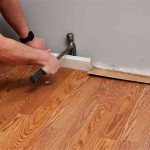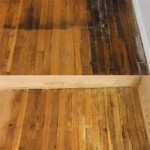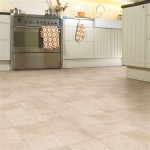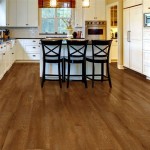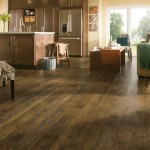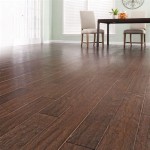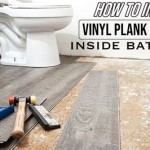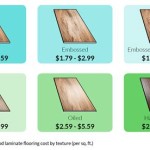Floating Engineered Hardwood Floor Buckling: Essential Considerations
Engineered hardwood floors, known for their durability and versatility, are a popular choice among homeowners. However, these floors can experience a common issue called buckling, which occurs when the planks warp and rise from the subfloor. Understanding the causes and preventive measures for floating engineered hardwood floor buckling is crucial to maintain the integrity and aesthetics of your flooring.
Causes of Buckling
Several factors can contribute to floating engineered hardwood floor buckling:
* Moisture: Excessive moisture, such as from spills, leaks, or high humidity levels, causes the planks to absorb moisture and swell, leading to buckling. * Improper Installation: Incorrectly installed floors, leaving insufficient gaps between planks or failing to use a moisture barrier, can trap moisture and cause buckling. * Lack of Acclimation: Before installation, engineered hardwood flooring must be acclimated to the indoor environment for several days to minimize expansion or contraction after installation. * Subfloor Issues: Uneven or moisture-affected subfloors can cause the planks to buckle due to uneven support.Preventive Measures
To prevent floating engineered hardwood floor buckling, consider the following:
* Moisture Control: Address any potential sources of moisture by fixing leaks, using dehumidifiers, and maintaining a consistent indoor humidity level below 50%. * Proper Installation: Ensure the subfloor is level, clean, and dry before installation. Use a moisture barrier to protect the floor from moisture. * Acclimation: Allow the engineered hardwood planks to acclimate to the indoor environment before installing. Follow the manufacturer's instructions for the required acclimation period. * Expansion Gaps: Leave a small gap around the perimeter of the floor and between walls or other obstacles to accommodate for natural expansion and contraction.Addressing Buckling Issues
If you encounter buckling, address the issue promptly. Attempting to repair the floor without addressing the underlying cause will likely result in recurring problems. Consider the following options:
* Reduce Moisture: Fix any moisture leaks or sources and maintain a consistent indoor humidity level. * Reinstall Affected Planks: Remove the buckled planks and reinstall them with proper gaps and a moisture barrier. * Replace Damaged Planks: If the planks are severely damaged or the buckling is extensive, you may need to replace the affected area. * Professional Assistance: In severe cases, consult a flooring professional for proper diagnosis and repairs.Conclusion
Floating engineered hardwood floor buckling can be prevented by understanding the causes and implementing preventive measures. By controlling moisture, ensuring proper installation, and allowing for expansion gaps, you can maintain the longevity and beauty of your engineered hardwood floors. If buckling occurs, address the underlying cause promptly to prevent further damage. With proper care and attention, you can enjoy the benefits of engineered hardwood floors for years to come.

Floating Floor Failure Causes Finfloor

Buckling Floor Solutions

Buckling Floor Solutions

Laminate Floor Peaking Cupping Buckling And Floating Problems

How To Prevent Hardwood Floor Buckling Cupping 5 Tips

Hardwood Floor Problems Cupping Series 4 Of 6

Common Floating Floor Problems And How To Fix Them

Flooring Fixing Methods Floating Floors Direct Wood Blog

Hardwood Floor Problems Buckling Floors Series 3 Of 6

Wood Distortions Warp Buckling Proinstaller
Related Posts

